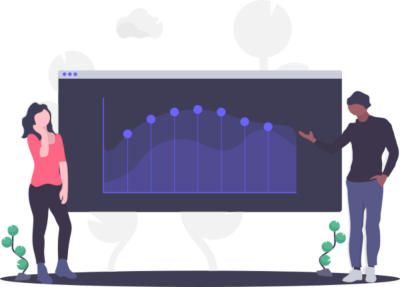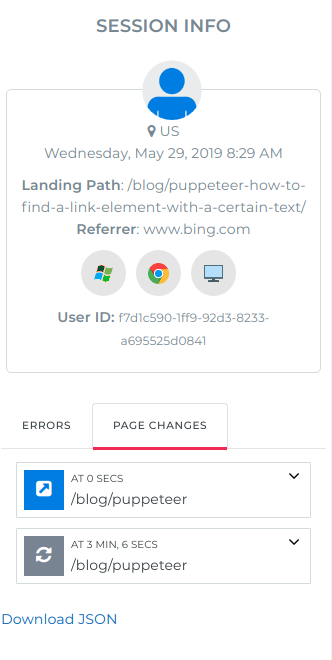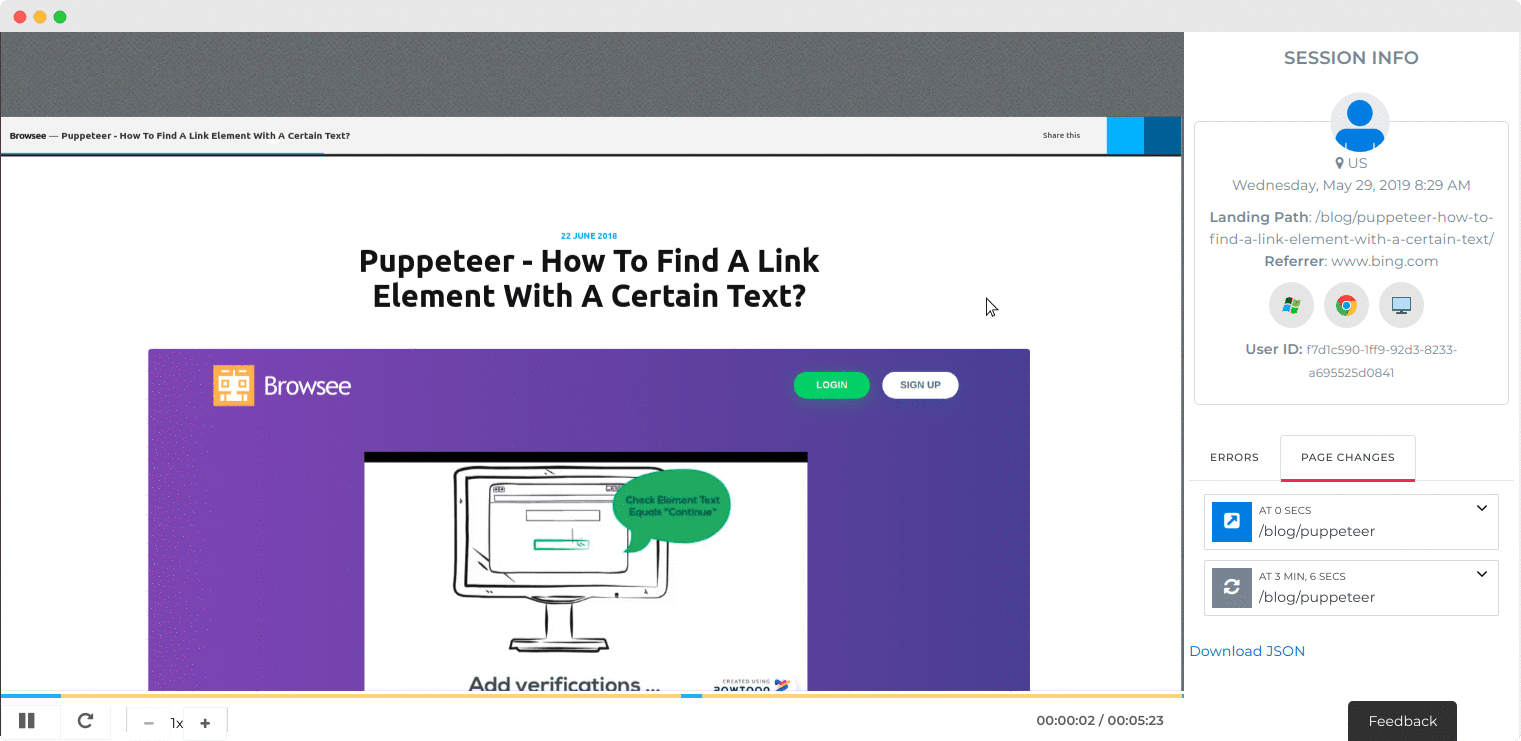What Google Analytics does not tell you when it comes to User Engagement?

We love Google Analytics for numbers like Page Views, Campaigns ROI, Best Performing Pages, Bounce Rate, however, while rummaging through a clients session times recently, I discovered a gap in the User Engagement Time. If you have a product where engagement time is an important metric for you, you might find this finding interesting.
Discrepancy in GA User Engagement Numbers
If you go to Audience >> User Explorer in GA, you will be able to see individual sessions of users. After browsing for a while, I realized GA is showing 00:00 for session duration for most of the sessions especially on the content pages where most of the users come from searches. I was a bit surprised and perplexed by this finding.
We care for our users and spend a lot of energy to come up with blog ideas to genuinely help people rather than targeting on keywords. Some of the blog posts are extremely technical and we have received some appreciations of usefulness of those blogs. So, it was hard for me to believe several 0 numbers. I decided to dig deeper on these numbers.
Comparing User Sessions Vis-a-Vis
I picked up a recent session with Session Duration 00:00 and cross checked the number.

I looked up the session with the same time stamp and URL in Browsee. I filtered the sessions for Source/Medium as Bing, Visited URL for /blog/puppeteer-how-to-find-a-link-element-with-a-certain-text/ and Device as Desktop. Once I marked all these filters, there were only a few sessions left which I mapped with session start time to get the exact session. Turns out, the session was infact 5:23 minutes long which is significantly higher than what GA mentioned. Imagine a series of such sessions and probably you will be looking at a completely wrong picture in GA for User Engagement Time.

Let us check the user detail to know that we are talking about the same session.

Here, you can see both the sessions started at 8:29 AM, visited same blog URL, device was dektop and also came through Bing search. There is no other session with exact same details and hence we know that we are talking about the same session in GA and our session replay tool.
If you see the session replay, the user is indeed reading through the blog. We can see the mouse movements and scrolls as well. Here is a more descriptive look of the same session replay:

Why such significant discrepancy in numbers?
This is actually not surprising at all and is as per GA's definition of page engagement time which is still based on page refreshes. Analytics tools have different philosophies when it comes down to the definition of sesisons and their expiry.You can read more about Google's sessions definition here.
GA takes a conservative take when it comes to User Engagement Time/ Session Time metric. Basically, GA only adds a page to the session time when an interaction happens on the page which by default is a click or a page change event. If a user just scrolled, read the content and went away, by default GA will show the session time as 00:00 for that user. This is the reason I found most of the session durations for my blog sessions as 00:00 as usually users come from Google/Yahoo/Bing searches and leave from the same page. They do spend time, read content and copy code snippets but they do not normally go to a different page. This does not make my User Engagement Time as 00:00.
So, anyone out there who has a content/engegament focussed website, please consider not to use Engagement Time from GA as you may find it much lower than what it actually is or correct it as explained below.
Is there a way to correct Engagament Time in GA?
Luckily the answer is 'Yes', you can correct the User Engagement Time in GA upto a degree. It is still not going to be perfect but will work in most of the cases. You need to add an engagement event for scroll on vertical depths of page scrolls. Here is our another blog that explains how scroll tag and trigger can be added in GA.
One you add the scroll tag, you should be able to get a better reporting on engagement time of your users.
All this work for session replay is done using Browsee. Browsee helps you identify the right sessions to watch where your users loved your product or faced an issue. If you liked the blog, please give us a try!
How much is a great User Experience worth to you?
Browsee helps you understand your user's behaviour on your site. It's the next best thing to talking to them.


